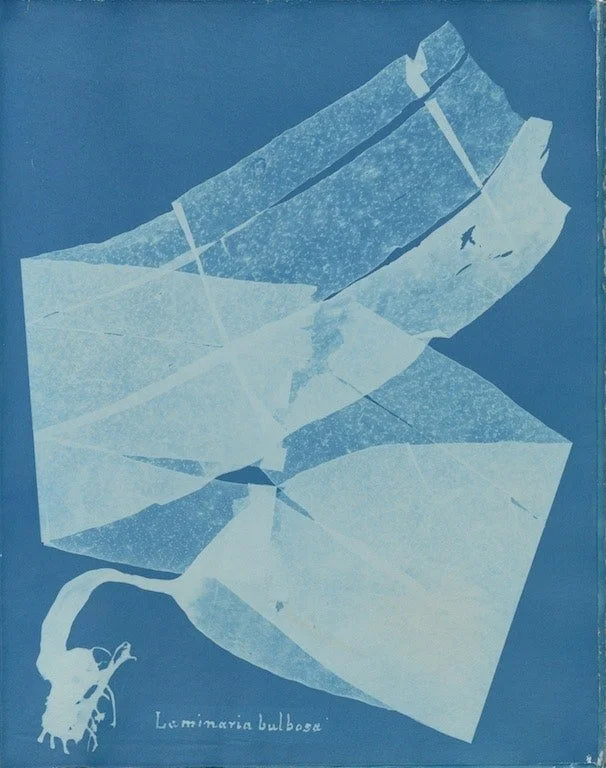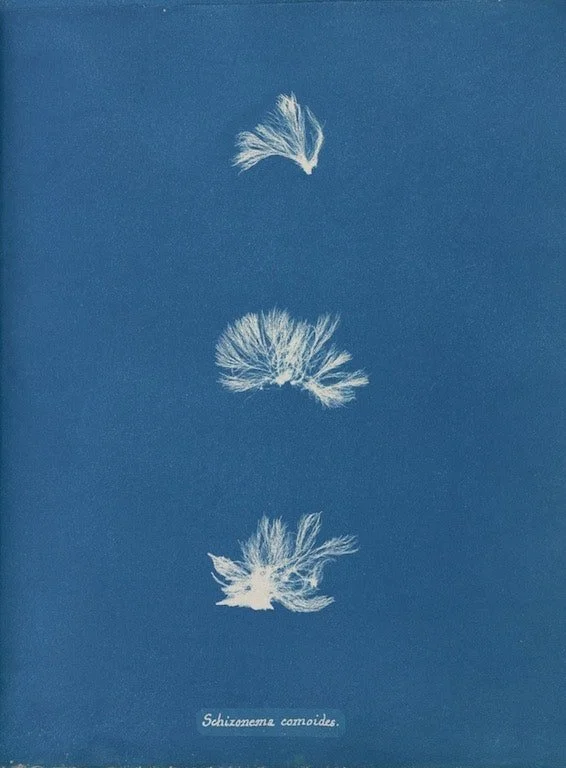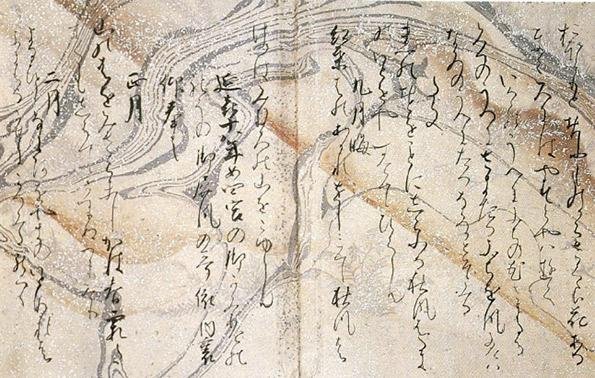Anna Atkins and the Gendered Boundaries of 1840’s Botany
Throughout the mid 19th Century, Victorians became enthralled by the world of gardening. As the Industrial Revolution grew, so did people’s desires to be within nature. Imported exotic plants became a symbol of trade connections amongst the wealthy, glass houses became necessitated for containing these specimens and British wildflowers were seen as an outdated style.
Today, the presence of invasive species in the UK such as Japanese knotweed and the Himalayan Balsam can be credited to our Horticultural Ancestors!
Anna Atkins, the first female photographer documented British Algae using Cyanotypes for a book she called Photographs of British Algae: Cyanotype Impressions. This was the first time that the medium of Photography had been utilised for scientific documentation, and it was Anna who pioneered this newfound homogenisation of Art and Science into a practice which became commonplace.
During this time period, women weren’t allowed to partake in forms of art like life drawing, a fundamental for any budding artist. Instead they were limited to the more ‘modest’ forms of still life - painting flowers and household objects.
Though it is said that Atkins would not describe herself as an artist, her work put her at the forefront of the male centred fields of photography, science, and even transcended class boundaries of horticulture.
Atkins went on to collaborate with Anne Dixon, creating further works documenting British and Foreign ferns and wildflowers before her death in 1871. And in 1889, when Atkins’ prints were first exhibited, the curator and collector credited her initials of A.A to an Anonymous Amateur. Her legacy could have been lost, if it were not for the director of the British Museum of Natural History swiftly correcting them.






